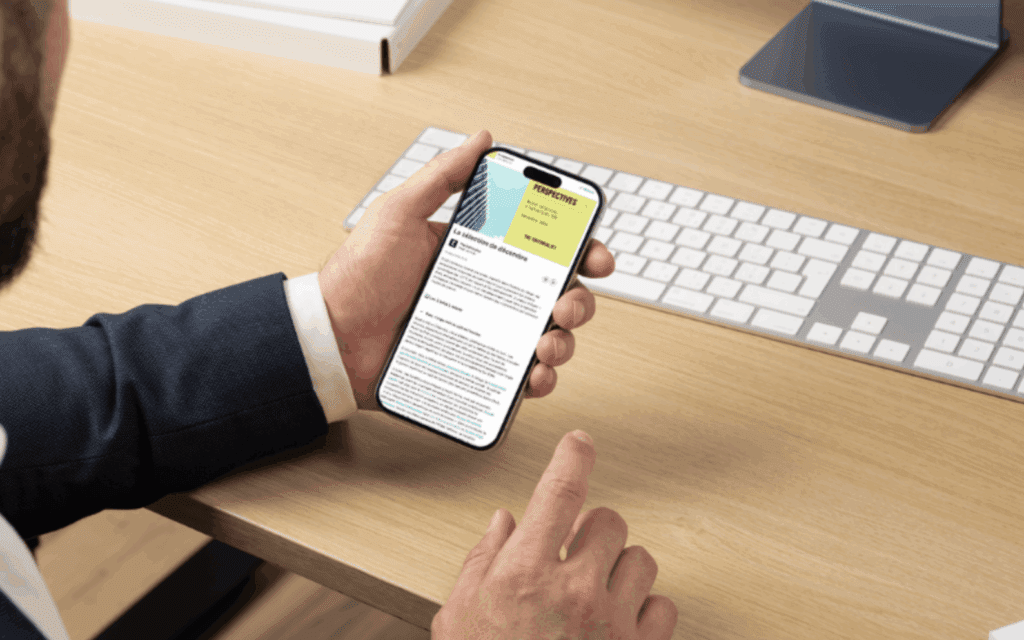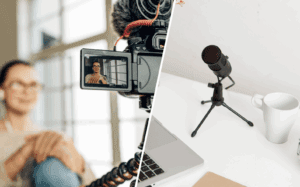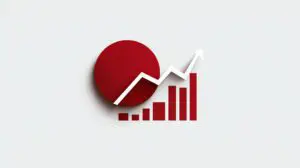Created and published directly on the platform, LinkedIn newsletters leverage its algorithm to maximise visibility. Their appeal lies in a simple but effective proposition: providing authors with a built-in editorial showcase at the heart of a professional network. Thanks to notifications sent with each new issue, they ensure immediate and targeted exposure.
In this article, we explore best-in-class LinkedIn newsletters that stand out for their originality, relevance, and ability to engage. These real-world examples illustrate the best practices that can turn an editorial initiative into a genuine driver of visibility and thought leadership.
Get in touch with an editorial expertWhy launch a LinkedIn newsletter?
LinkedIn remains the platform of choice for CEOs and senior executives, whose presence has increased by 4% since 2022. On average, professionals spend seven minutes a day consuming content there.
Launching a LinkedIn newsletter can significantly enhance your influence on the platform:
- Boosting discoverability. Each issue enriches your profile, improving visibility and making it easier for new users to find your expertise. This is especially valuable for companies and professionals looking to grow their presence.
- Reaching your target audience directly. Newsletters benefit from instant distribution via LinkedIn notifications, the news feed, and sometimes subscribers’ inboxes. This ensures your message is delivered to a qualified, engaged audience.
- Creating a bridge to your other platforms. Unlike standard posts, where external links are often downplayed by the algorithm, newsletters allow you to embed links to your website or blog. This drives traffic and highlights your other content assets.
Keys to success
- Maintain a consistent publishing rhythm — weekly, monthly, or another clear schedule — to create a regular appointment with readers.
- Structure the format with a clear editorial promise. Well-defined sections and uncluttered layouts make for an easier reading experience.
- Promote your newsletter across other channels — your blog, other social platforms, intranet, or website.
- Don’t rely on a single channel. Unlike an email newsletter sent via your own CRM, your LinkedIn audience is owned by the platform, not you. A LinkedIn newsletter is a valuable engagement tool, but it should be part of a diversified content distribution strategy that includes social media, SEO, email newsletters, and your own website.
Best-in-class examples
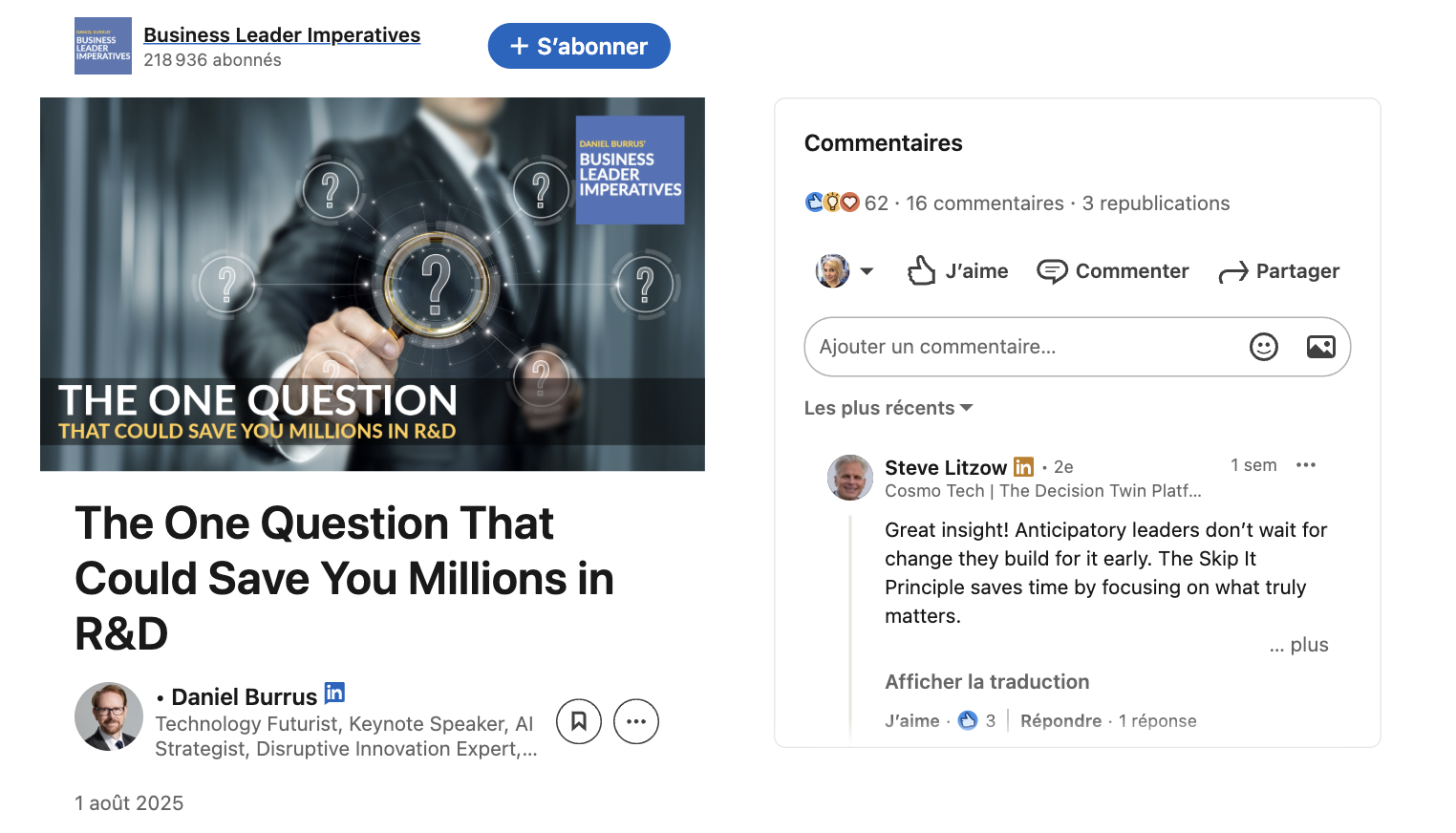
Daniel Burrus explores leadership styles and the many ways to steer a company. Written from a personal perspective, his posts feel authentic, offering practical insights and actionable ideas in every edition. With two to four issues a month, he sustains reader interest and loyalty.
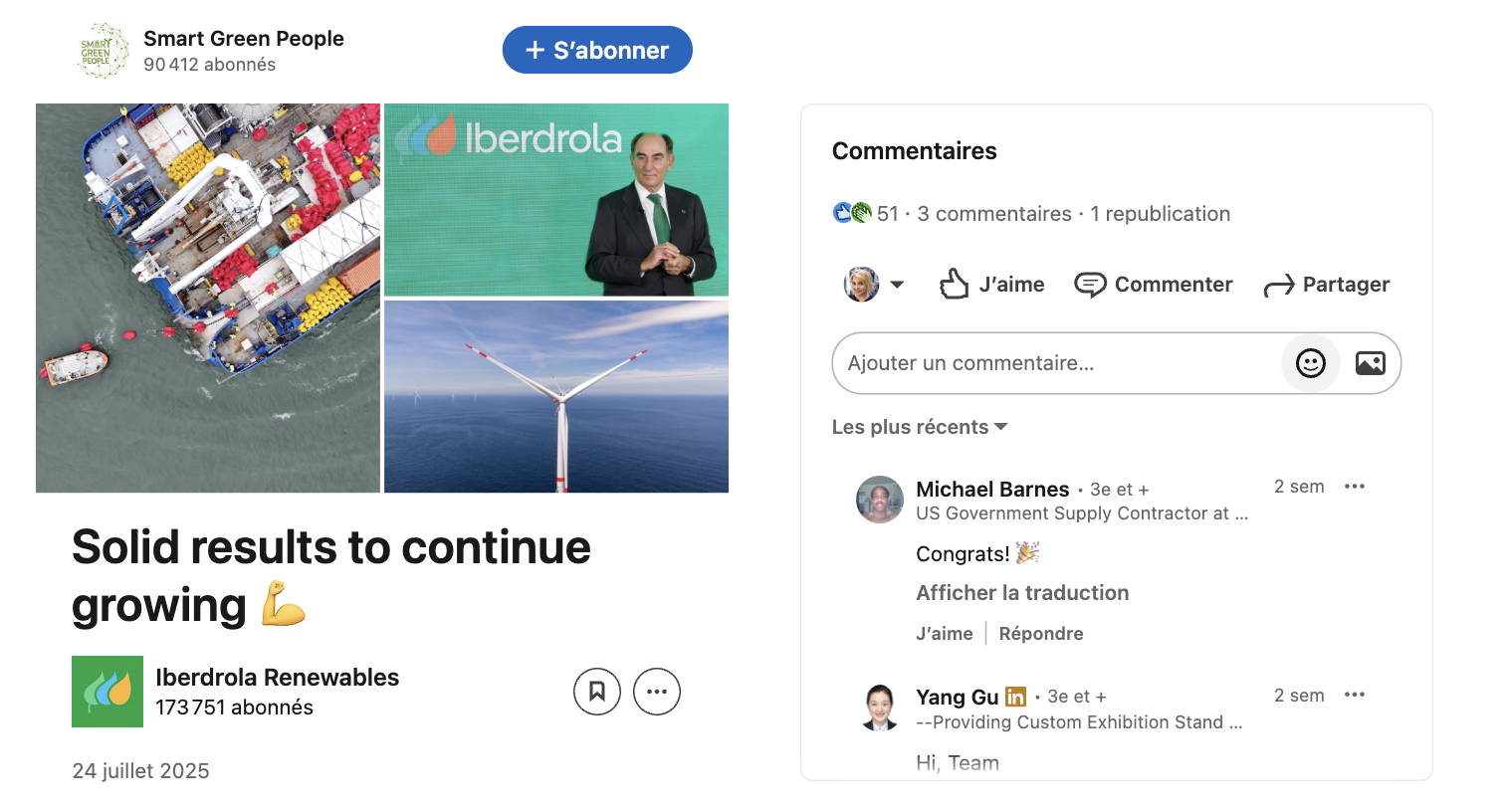
Created by Iberdrola, this newsletter launched in 2023 with five initial issues and expanded rapidly in 2024, publishing over 40 editions in a year. Each one highlights team achievements and the company’s strategic ambitions for the future. It’s a powerful way to strengthen employer branding by showcasing both talent and transformational projects.
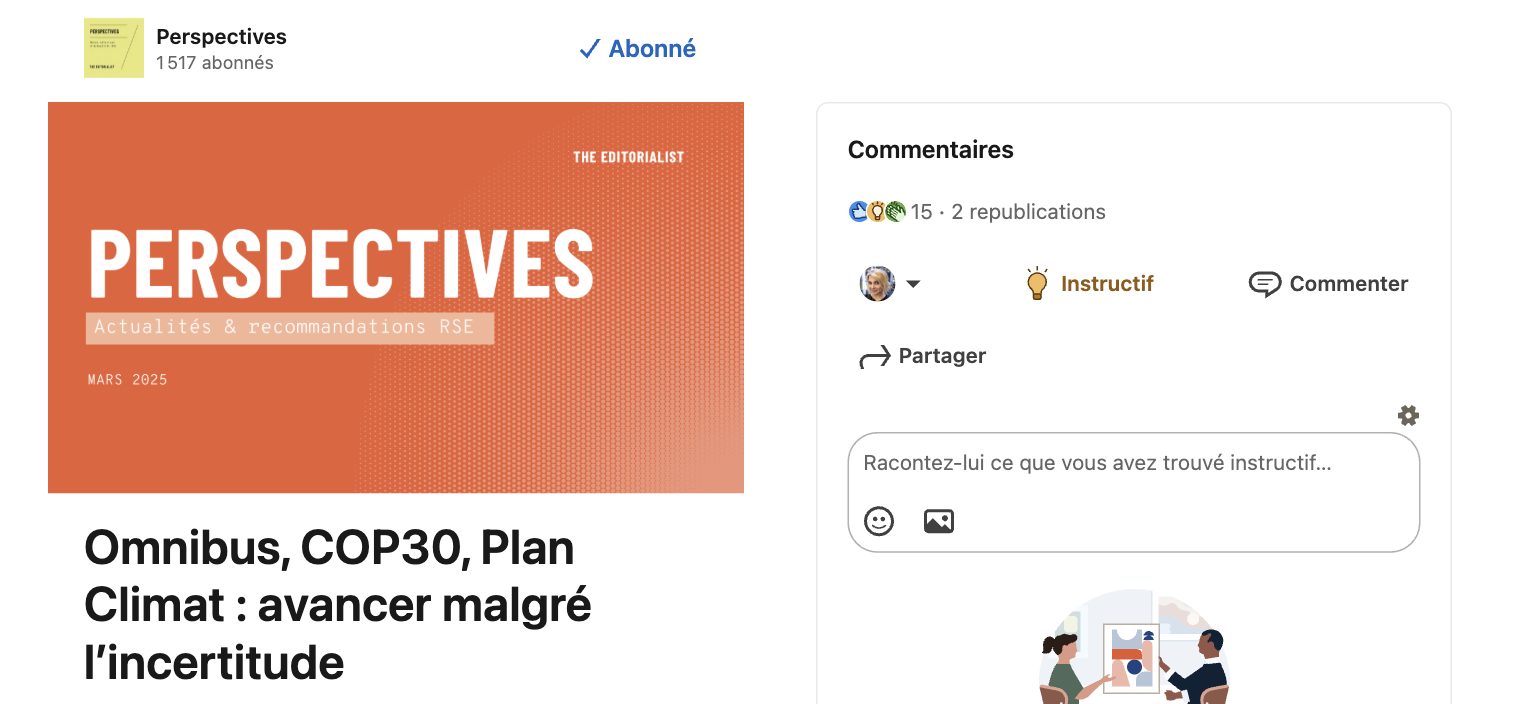
Published by The Editorialist for the past two years, Perspectives is 100% dedicated to sustainability insights. Each month, it curates three essential CSR news items — from regulatory developments to EU-level debates — alongside three standout resources (articles, studies, videos, podcasts) chosen for their relevance, originality, or inspirational value.
The goal: to offer readers both perspective and clarity on complex sustainability issues.
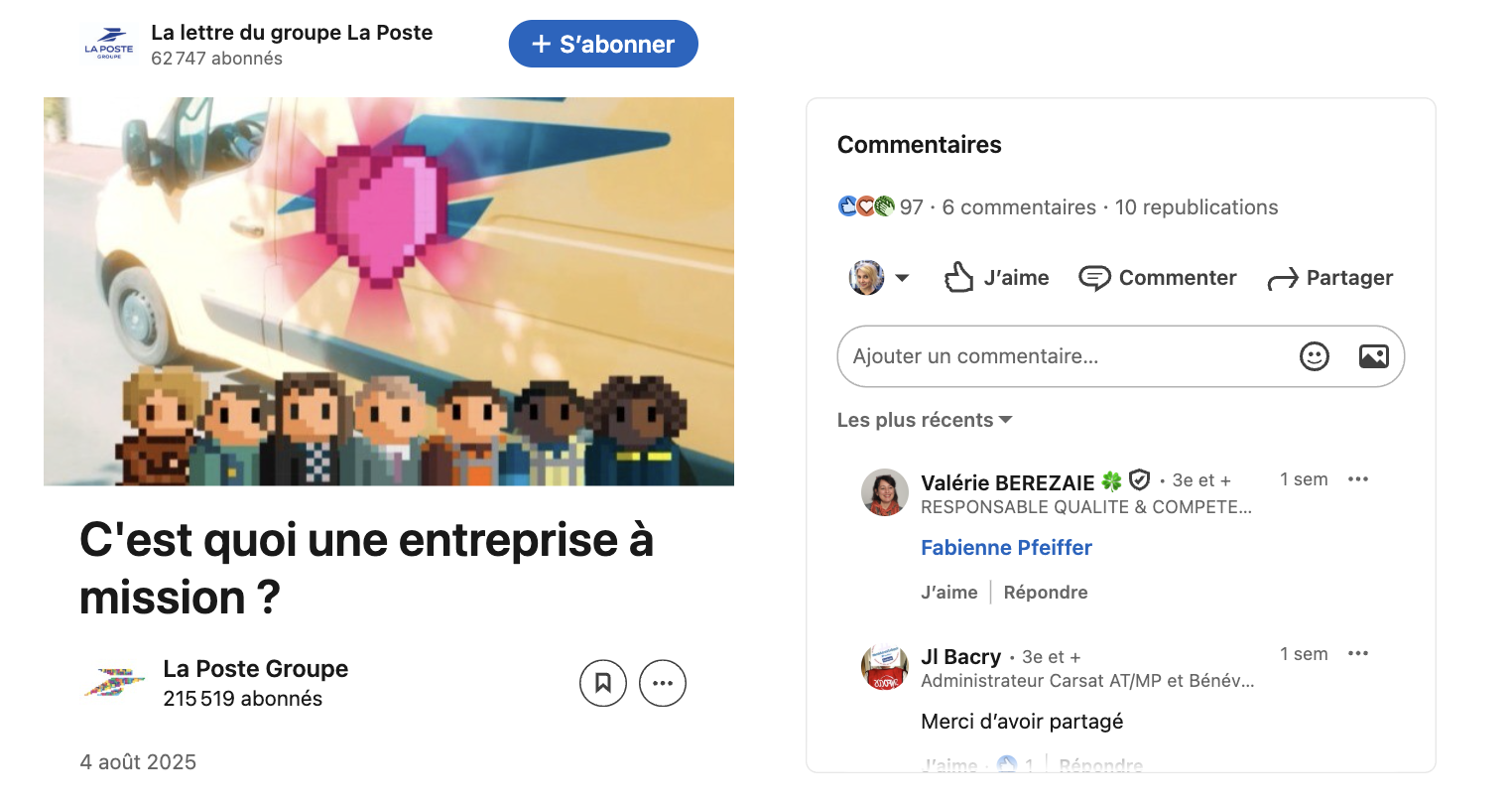
Launched at VivaTech 2024, this newsletter refined its editorial direction in June of the same year. Each issue condenses the group’s latest news into a structured, familiar format with recurring sections: Le mot (an inspiring quote from a leader), L’image, Le chiffre clé, Le projet, and Le post-scriptum. This consistency creates a recognisable reading experience, reinforcing reader engagement.
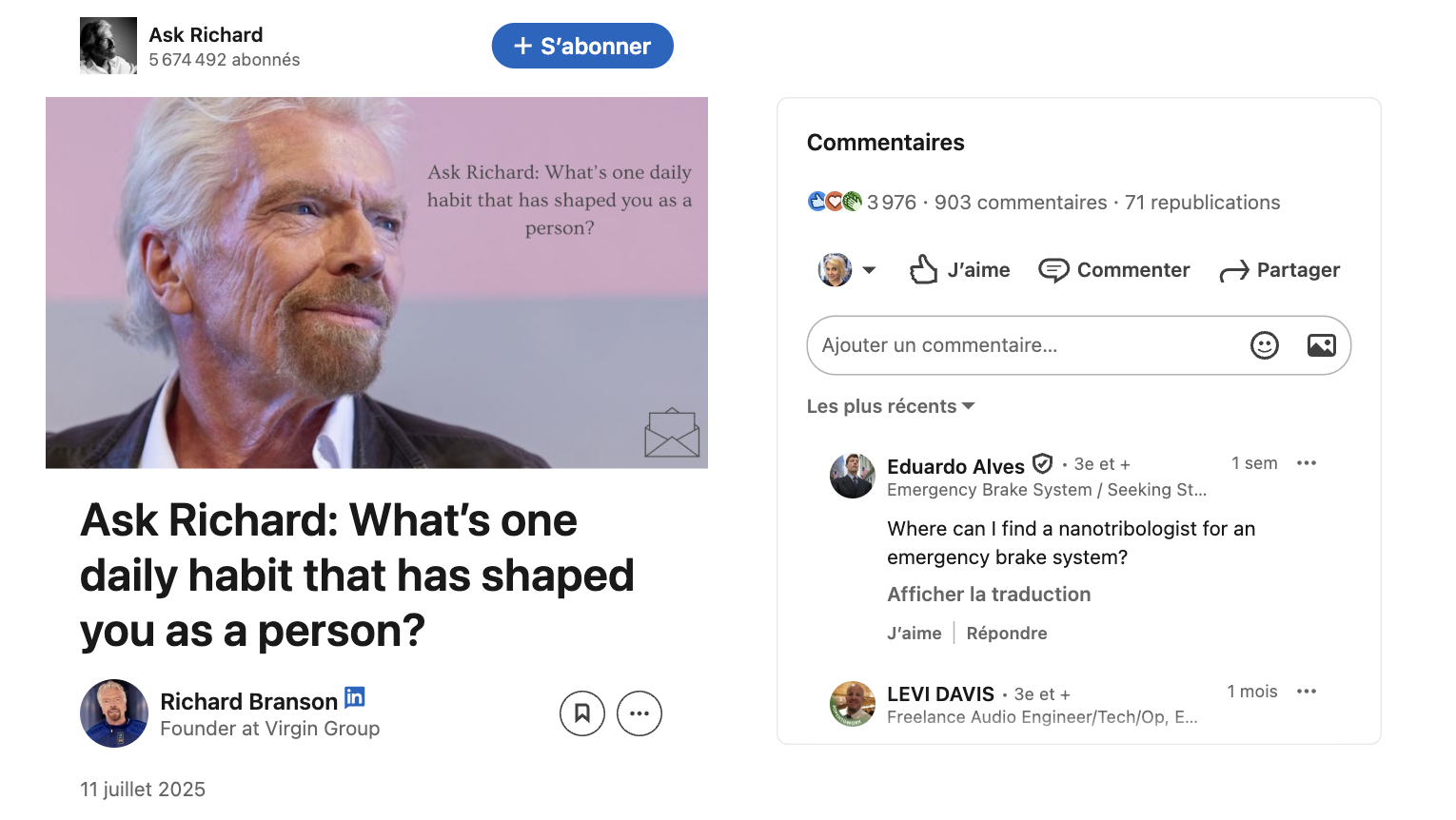
An original, highly engaging concept from Virgin founder Richard Branson. In each edition, Branson answers a question submitted by a subscriber, tagging them directly in the post. His replies mix practical advice with personal anecdotes from his entrepreneurial journey. Short and easy to read, these newsletters convey accessibility and authenticity, illustrating the art of building a direct, personal connection with readers.
